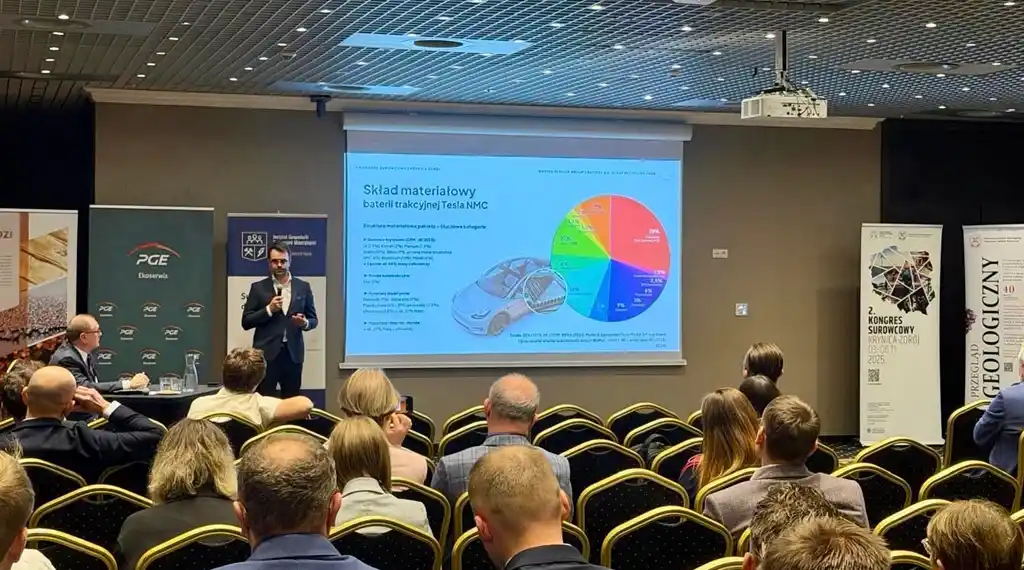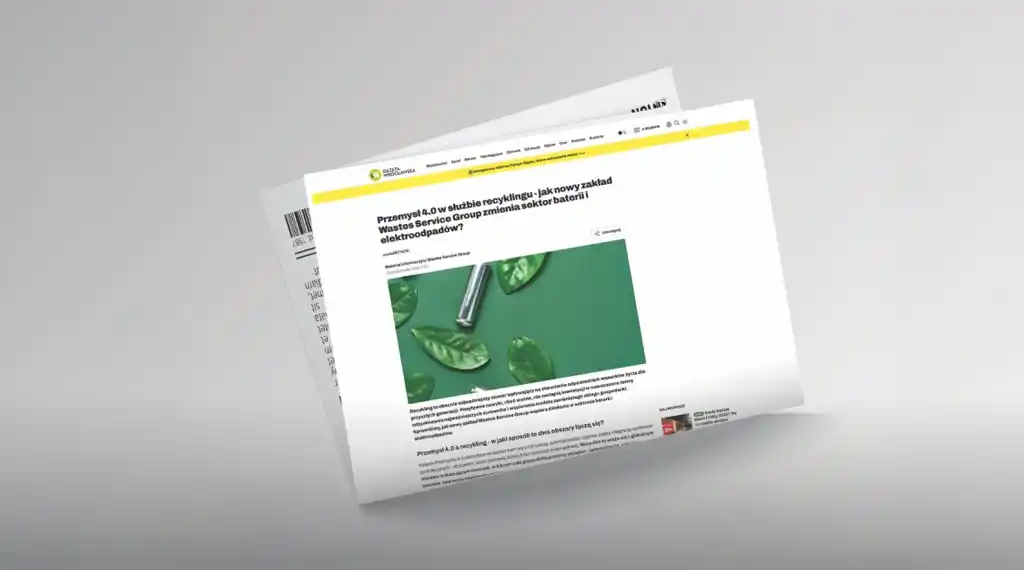Until recently, it seemed that lithium-ion batteries would be the standard for many years to come. Analyses by researchers at Tsinghua University suggest that this variant is slowly being supplanted by others.
One of the ideas involves replacing graphite anodes with lithium-metal ones. The batteries designed in this way should have a higher energy density, although at the same time problems in the form of reduced stability and susceptibility to reaction with the electrolyte could not be overlooked. As a consequence, such batteries turn out to be unsatisfactorily viable.
Detailed findings of Chinese engineers who drew attention to SEI, or the so-called interphase between a solid and an electrolyte. This could, in theory, reduce side reactions that have a negative impact on battery life. According to Asian researchers, the key to success may be ASEI - an artificial permanent electrolyte interphase. With its participation, it is possible to limit the negative impact on the lithium-metal anode. If this were the case, it would be realistic to think about producing batteries used in electric vehicles or for storing resources supplied with renewable energy sources.
Details of the latest findings are presented in Materiali energetici e dispositivi. Solid-electrolyte interphase typically forms on the surface of lithium during battery life. In addition, dendrites are formed, i.e. harmful microstructures, which increase the risk of damage to batteries and negatively affect their service life. Since both of these problems concern lithium-metal batteries, scientists are looking for ways to combat them. In the course of the analyzes carried out, they decided that it would be necessary to unify the distribution of lithium ions.
According to the researchers, such a treatment should translate into a reduction in the formation of dendrites, that is, a decrease in the failure rate of batteries. In addition, research has shown that a breakthrough in the distribution of lithium ions and the provision of electrical insulation of the layers should help maintain the integrity of the entire structure. As if this were not enough, reducing the stresses between the interface of the electrode and the electrolyte should improve the connectivity between the layers, which also has a beneficial effect on the batteries.
According to the members of the research team, the best results should be achieved by the use of inorganic hybrid and polymeric ASEI layers. The former prove to be particularly useful due to the reduction in the thickness of the layer and a noticeable improvement in the distribution of components in the layers. As a result, the efficiency of the batteries increases. Option number two, on the other hand, is associated with extensive possibilities for adjusting strength and flexibility. In addition, they are characterized by compatibility, which is rarely found in other cases. As for the challenges facing the engineers involved in this research, they will undoubtedly need to improve the adhesion of ASEI layers to the metal surface and work on layer stability and layer thickness limitation to increase the energy density of the metal electrodes.
Source: Chip.pl
Link: https://www.chip.pl/2023/11/akumulatory-litowo-jonowe-nadchodza-alternatywy

15/11/25
Wastes Service Group participates in Batteries Event 2025 in Lyon. Filip Gabryelewicz will present our new Battery & e-Scrap Recycling Park and present a practical approach to Urban Mining.


15/11/25
Gazeta Wrocławska singled out the new WSG lithium-ion battery recycling plant in Wszemirow as an example of industry 4.0 and responsible transformation. The investment supports the region, creates jobs and sets new standards in recycling
